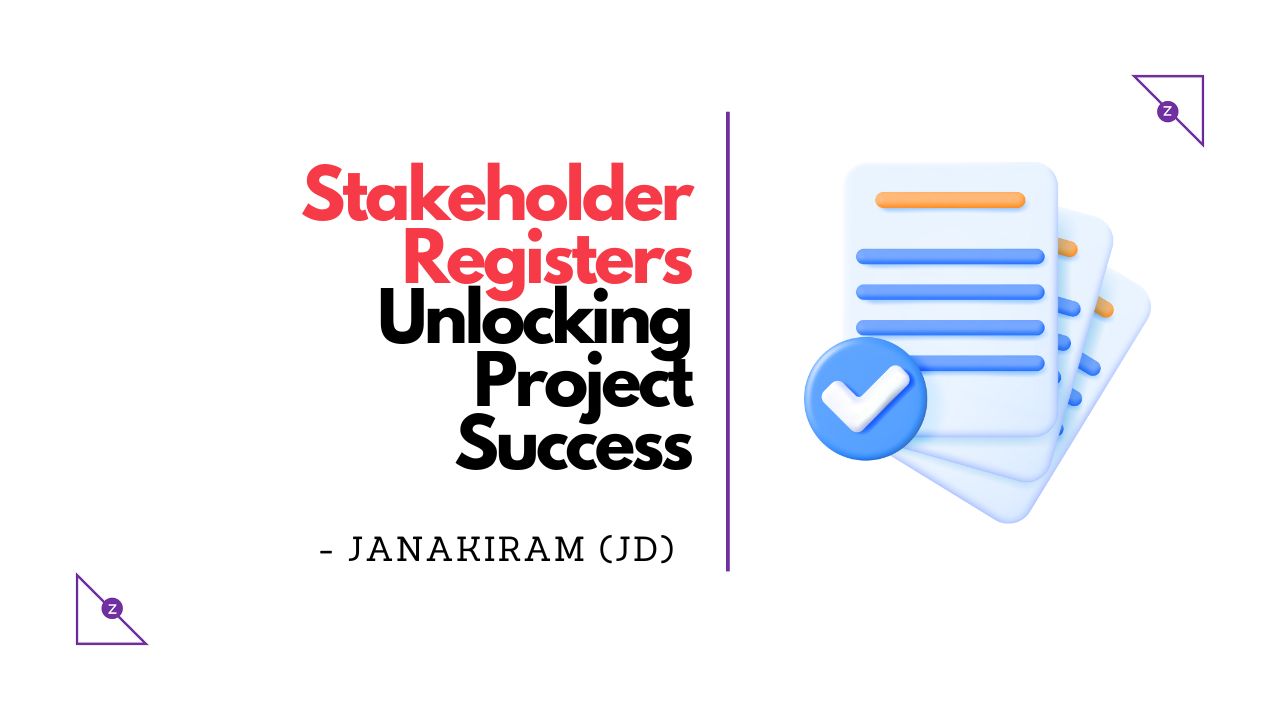In the dynamic landscape of project management, successful execution is contingent upon effective communication, collaboration, and understanding of stakeholders. A crucial tool in achieving this harmony is the Stakeholder Register. Stakeholders are the characters in the Project story.
This comprehensive guide aims to unravel the intricacies of Stakeholder Register, exploring their significance, components, and best practices for creating and managing them.
Understanding Stakeholders
Unless you understand your Stakeholders, you will struggle to influence them. The higher the influence you have on your Stakeholders, the higher the chance for your Project success.
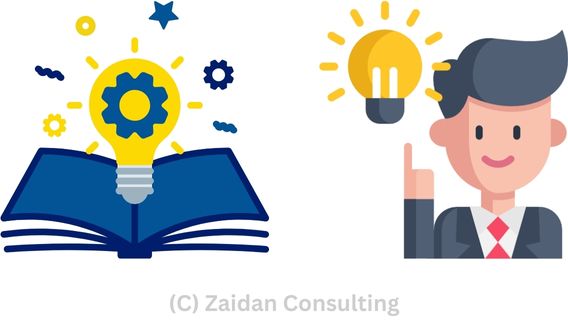
Stakeholders are individuals, groups, or organizations that have a vested interest in a project’s success or failure. They can influence or be influenced by the project’s objectives, making their identification, analysis, and engagement pivotal for project managers.
What is a Stakeholder Registers?
You need an artifact where you can track your list of Stakeholders. You also need to prioritize this list of Stakeholders in the same artifact. You may end up finding 100s of Stakeholders in your Project, but you may be able to handle all the Stakeholders with equal intensity.
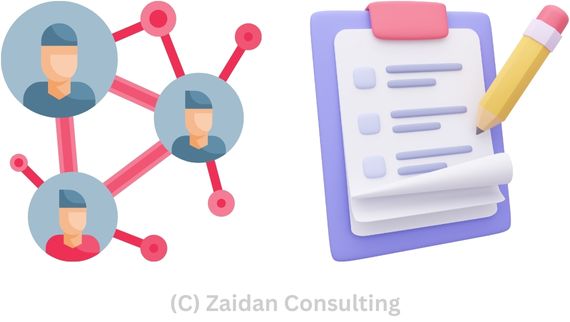
The Stakeholder Register is a systematic document that serves as a repository of essential information about project stakeholders. It provides a structured framework for capturing, analyzing, and managing stakeholders throughout the project lifecycle.
Components of a Stakeholder Register
Stakeholder Identification
The earlier you identify as many Stakeholders as possible in your Project lifecycle the better. Because when a Stakeholder is identified late in the Project and if that Stakeholder introduces a change in that phase of the Project, then the cost of change would be higher. Remember cost of change gets higher as we progress through Project timeline. So, what information from the Stakeholders should you capture?

- Full Name: Clearly list the names of all identified stakeholders.
- Role: Specify the role each stakeholder plays in the project.
- Contact Information: Include email addresses, phone numbers, and other relevant contact details.
- Influence/Interest Level: Assess and document each stakeholder’s level of influence and interest in the project.
Stakeholder Analysis
Its not enough just capturing enough information about your Stakeholders. You should also “know” your Stakeholders. Unless you know your Stakeholders, you will not be able to figure out on how to influence them. So, what should you know about them?

- Power/Interest Grid: Create a matrix to categorize stakeholders based on their power and interest levels.
- Expectations: Document the expectations, needs, and concerns of each stakeholder.
- Communication Preferences: Identify how each stakeholder prefers to receive project updates and information.
Stakeholder Engagement Plan
Once you know your Stakeholders, you can start look at “Engaging” them. And for that you must note down their current engagement levels on the Project. A Stakeholder can be unaware of the Project, or he may be Resistant or Neutral or Supportive to the Project. Once you know their current engagement level, you know your starting point with that Stakeholder.
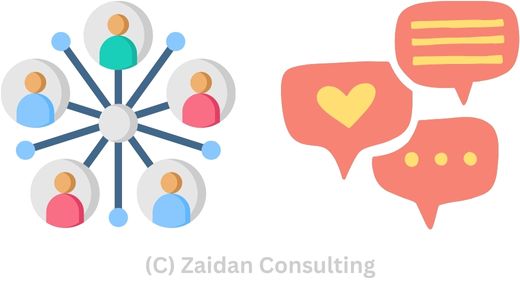
- Strategy: Develop tailored strategies for engaging and managing each stakeholder.
- Communication Plan: Outline the frequency, channels, and methods of communication for each stakeholder.
- Mitigation Strategies: Anticipate and document potential issues or conflicts and propose mitigation strategies.
Current Status and History
For all Project Managers, particularly the ones who are new to the Project, it is important to understand the history of a Stakeholder with the Project. A Stakeholder’s history with the Project is important as it provides a context to the Project Manager on the Stakeholder with the Project. This will help the Project Manager with the right strategy in engaging the Stakeholder further.
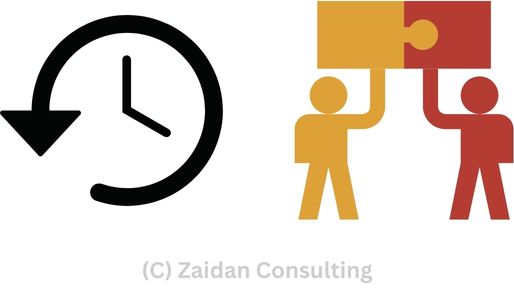
- Record any historical information about the stakeholder’s involvement in the project.
- Update the register regularly to reflect changes in stakeholder status, influence, or engagement.
Project Impact Assessment
One of the important aspects of a Stakeholder that a Project Manager has to be aware is, how can the Project:
- Impact the Stakeholder
- Be impacted by the Stakeholder
Remember this: The higher the impact, the more important the Stakeholder, irrespective of whether the Stakeholder is impacted or impacting.
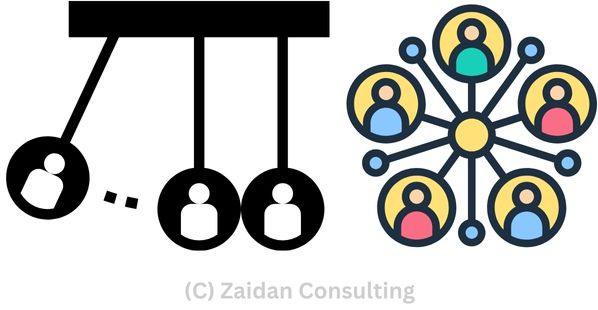
- Analyze and document how each stakeholder may be affected by the project, positively or negatively.
- Identify potential risks and opportunities associated with stakeholder engagement.
Best Practices for managing Stakeholder Register
Stakeholder Register is the central artifact around which your stakeholder engagement journey revolves around. Now let us look at some best practices in Stakeholder Management.
Regular Updates
- Keep the Stakeholder Register up-to-date throughout the project lifecycle.
- Capture changes in stakeholder dynamics, priorities, and expectations promptly.
Cross-functional Collaboration
- Involve relevant team members and departments in the identification and analysis of stakeholders.
- Foster collaboration to ensure a comprehensive understanding of stakeholder perspectives.
Communication Transparency
- Foster open and transparent communication with stakeholders.
- Regularly share relevant updates, progress reports, and changes in project status.
Flexibility and Adaptability
- Be flexible in adjusting the Stakeholder Register to accommodate changes in project scope, timelines, or stakeholders’ interests.
Conclusion
In the intricate tapestry of project management, the Stakeholder Register stands as a linchpin, connecting project managers, teams, and stakeholders in a collaborative dance towards success. By diligently capturing, analyzing, and managing stakeholder information, project managers can navigate challenges, mitigate risks, and cultivate positive relationships that propel projects to new heights.
Embracing the Stakeholder Register as a dynamic tool ensures that projects not only meet their objectives but also leave a lasting impact on all those involved.
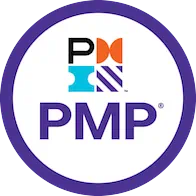
Our PMI® PMP®-Prep Course
If interested in this course, click here
- Case study based training
- LIVE instruction 36 Hours
- Post course guidance
- Exercise per topic
- 4 Mock exams for practice
- WhatsApp group support
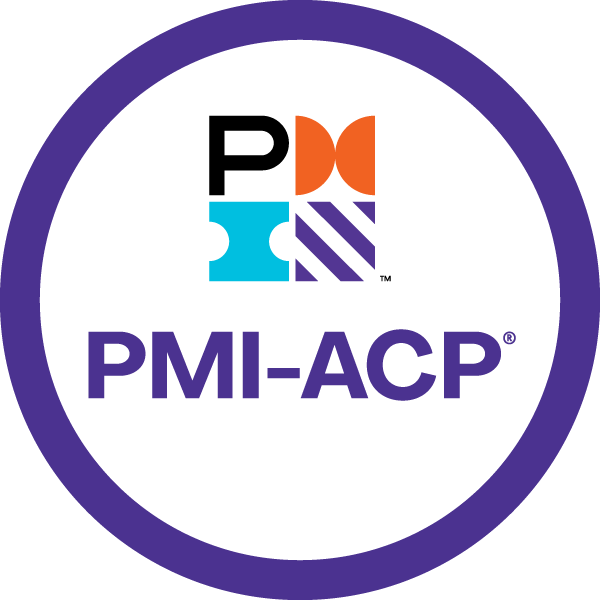
Our PMI® ACP®-Prep Course
If interested in this course, click here
- WhatsApp group support
- 4 Mock exams for practice
- Exercise per topic
- LIVE instruction 20 Hours
- Post course guidance
- Case study based training

JD (Coach/Instructor/Writer)
JD (a.k.a Janakiram) is a Project Management Coach, Trainer Author and Practitioner @Zaidan Consulting. He comes with around 17+ Years of experience primarily from the Software Industry. He is certified on PMI® PMP®, ACP®, Scrum Alliance CSM and Microsoft Certified Solution Developer on C#.NET. He has also authored the book “Practical Agile for Beginners”

About Zaidan Consulting
Zaidan Consulting are specialists in Project and Program Management space. Our training offerings include:
- Project Management Training
- Agile Training
- PMI®-ACP® Prep Training
- PMI®-PMP® Prep Training
- PMI®-CAPM® Prep Training
- ScrumStudy™ Authorized Training Partner (A.T.P)
Or you can contact us @+(91) 7672011471
Or Email us: contact@zaidanconsulting.com
